Gitcoin has announced the launch of Gitcoin 3.0, a major upgrade designed to expand Ethereum’s ability to fund its own infrastructure through more decentralized and community-driven coordination. The update, shared on X, marks a significant shift in Gitcoin’s role, moving beyond its established quadratic funding model to support a broader range of funding mechanisms.
Instead of relying on a single method for capital allocation, Gitcoin 3.0 introduces a network-first framework that encourages experimentation. According to the team, the aim is to build an open and neutral layer where communities can decide what challenges deserve funding and how that funding should be distributed.
This evolution comes at a time when Ethereum’s reliance on public goods; including software, governance frameworks, standards, and tooling, continues to grow. While essential to the ecosystem’s resilience, these resources are often difficult to sustain through traditional funding models. Gitcoin 3.0 is being positioned as a response to that gap.
Domains, Sensemaking, and Community-Led Allocation
One of the key changes introduced is a more structured process for identifying what actually needs funding. Gitcoin now invites community members to submit problem briefs — research-backed proposals outlining key challenges in the Ethereum ecosystem. These briefs are assessed for their depth of analysis, relevance, impact potential, and ability to attract funding.
Once reviewed, the briefs are grouped into clusters known as Domains. These Domains will serve as the foundation for future Gitcoin Grants rounds, shifting the model from one-size-fits-all to a more focused and strategic approach.The platform also introduces a sensemaking layer, which helps surface the most pressing needs based on well-defined criteria, rather than hype or trend cycles. It’s a way to ensure that funds go toward challenges that are actually worth solving, and that the decision-making process remains transparent and community-led.
With this structure in place, Gitcoin Grants can now support targeted funding campaigns that better reflect the ecosystem’s priorities. It also allows different parts of the Ethereum network to participate in defining those priorities, from protocol teams to DAO members to independent builders.
Gitcoin says the goal of this new chapter is to provide Ethereum with a reliable infrastructure for capital coordination — one that scales, evolves, and reflects the values of the community. The broader mission remains unchanged: to fund what matters. But with Gitcoin 3.0, the tools to do so are now more open, adaptable, and network-native.

